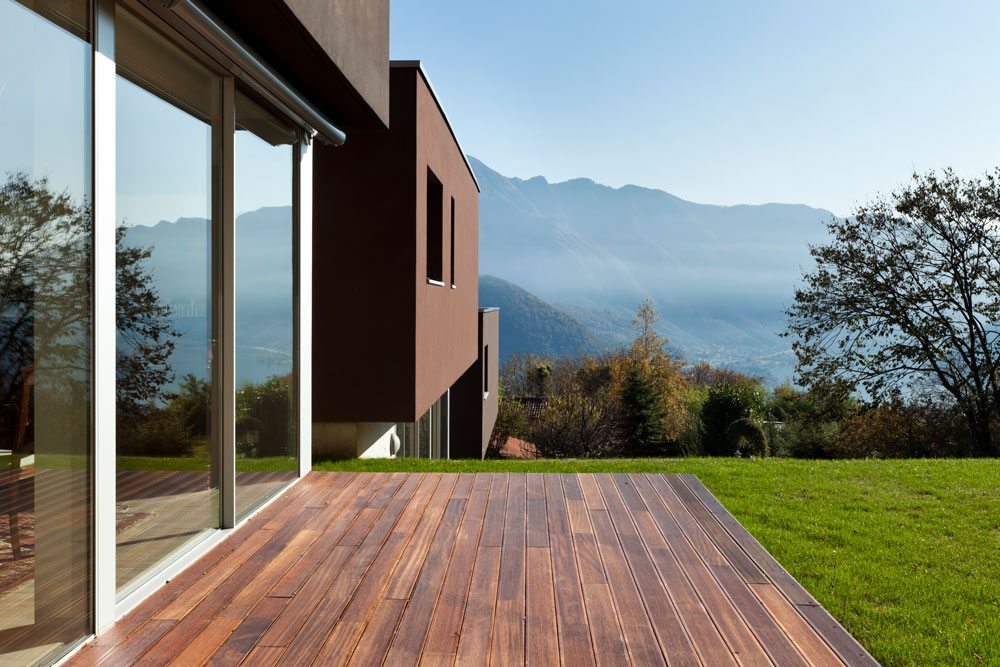Many homeowners have resigned themselves to the yearly ritual of staining their decks—but it doesn’t have to be that way. Know how to protect your deck by learning about the various types of stains. Though they vary slightly by manufacturer, there are specific categories, each of which has its own characteristics and longevity expectations. A rule of thumb: The more opacity to the stain, the more UV protection it will offer—and the longer you’ll be able to go between re-stainings. And remember that longevity varies with exposure to the elements, as well as with such factors as the stain’s quality and formulation.
Clears, Transparents, and Wood Toners: These products allow the maximum wood and texture to show through while offering protection against the elements. The lightly tinted transparents or wood toners add a very subtle color to the wood. They typically need to be reapplied every year.
Semi-Transparent: This popular stain has a light pigment that still allows the wood’s grain and texture to show through the color. Semi-transparents typically must be reapplied every one or two years.
Semi-Solid/Semi-Opaque: This type of finish features more color but still highlights some of the natural grain and texture of the wood. You can expect better life with this choice, typically three or four years.
Solid: This is the most opaque stain possible, hiding the wood grain but letting a bit of texture show through. Many manufacturers recommend using this option when your deck has reached the end of its life cycle and you want to hide imperfections. Some products are formulated to improve the look of worn or weathered wood. These products can last three to five years.

 Interior Paints
Interior Paints Exterior Paints
Exterior Paints Primers
Primers Stains & Clears
Stains & Clears
 Paint Brushes
Paint Brushes Paint Roller
Paint Roller Paint Trays & Liners
Paint Trays & Liners
